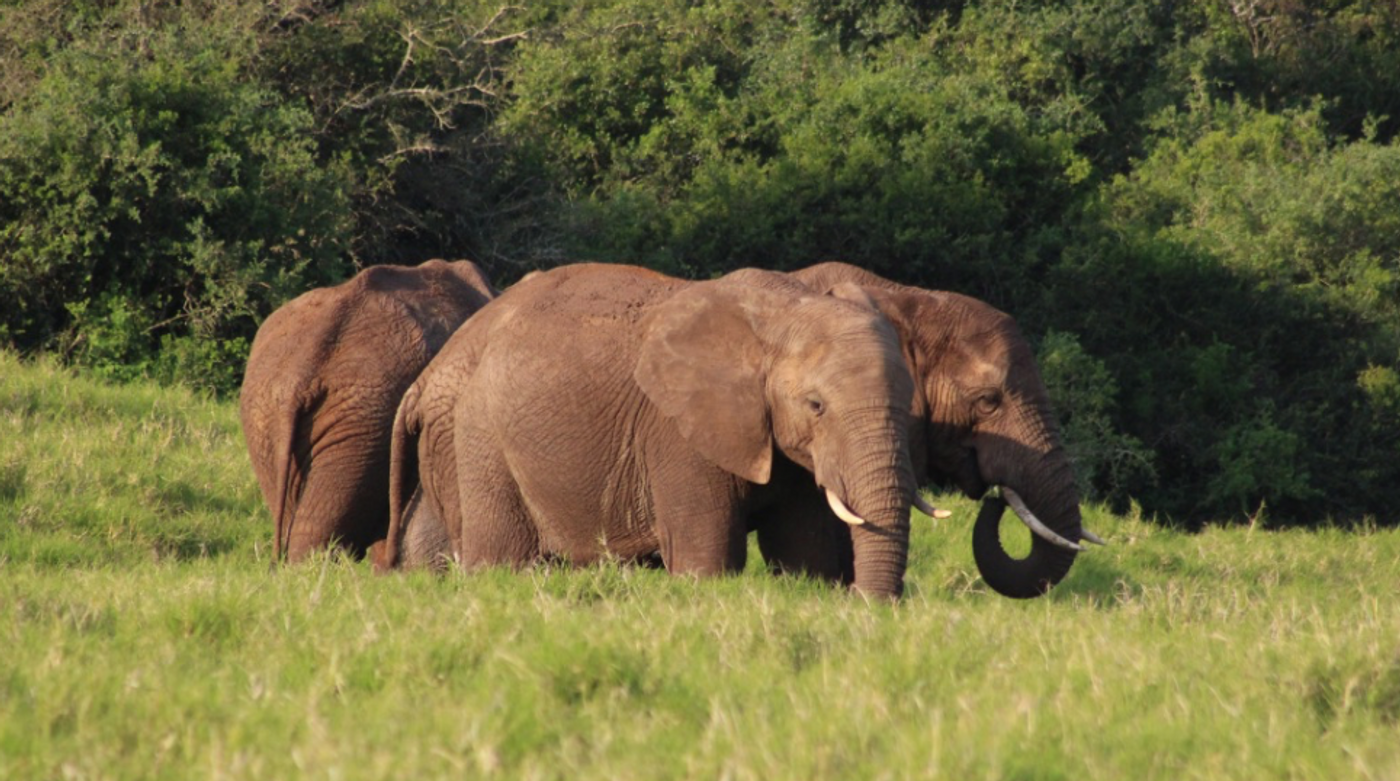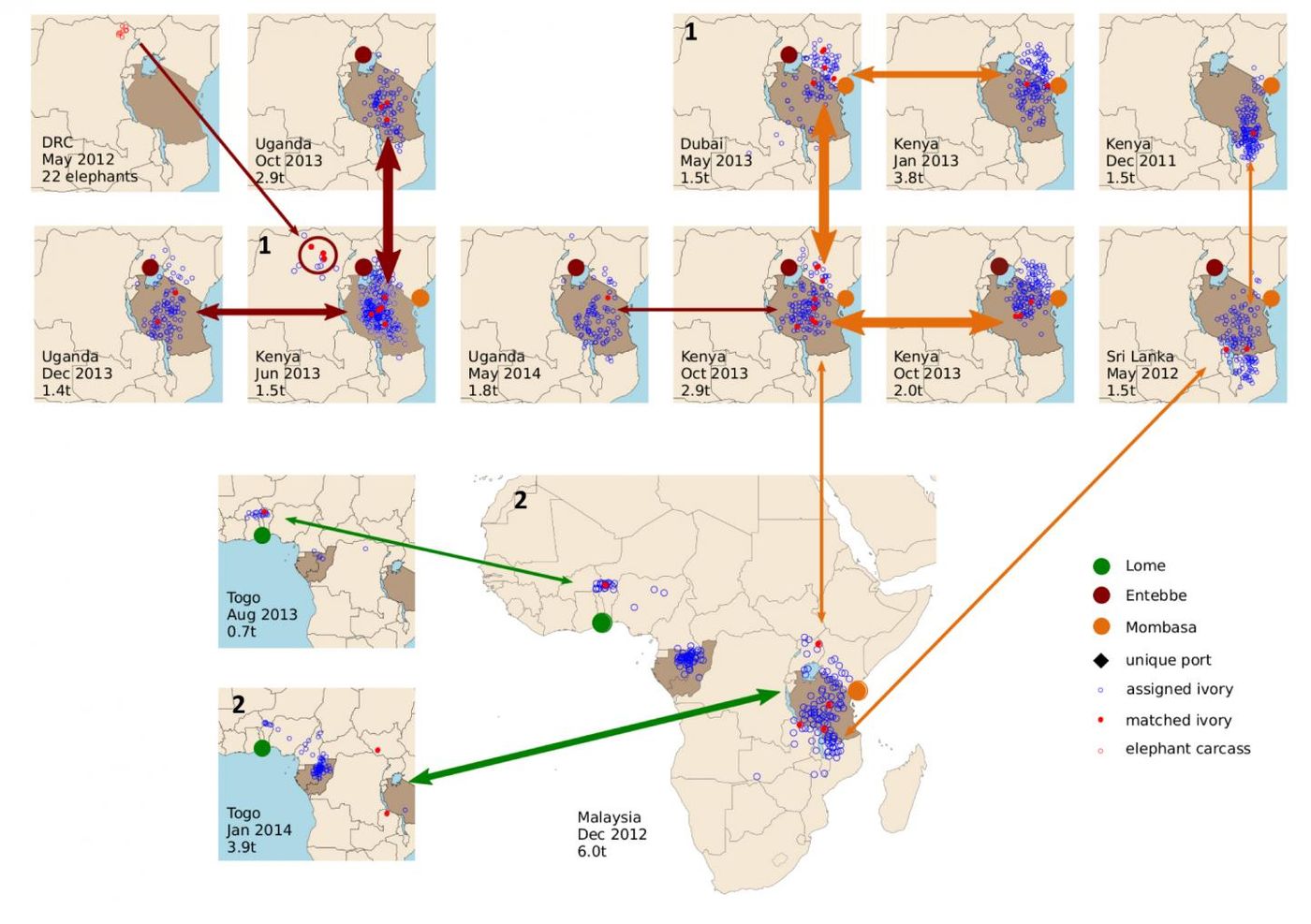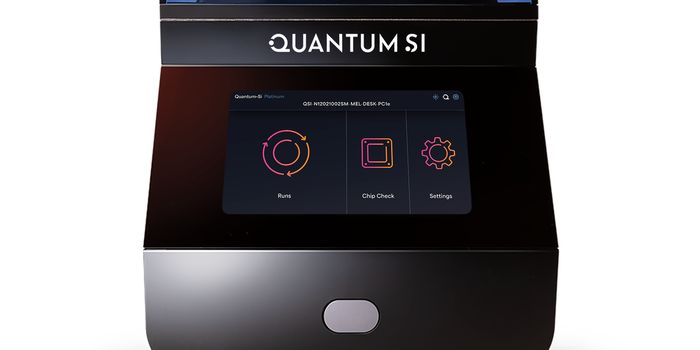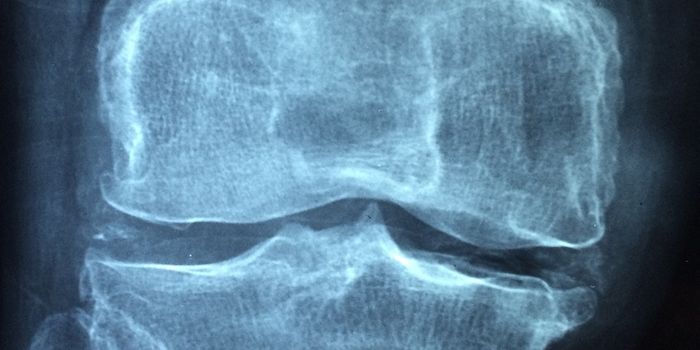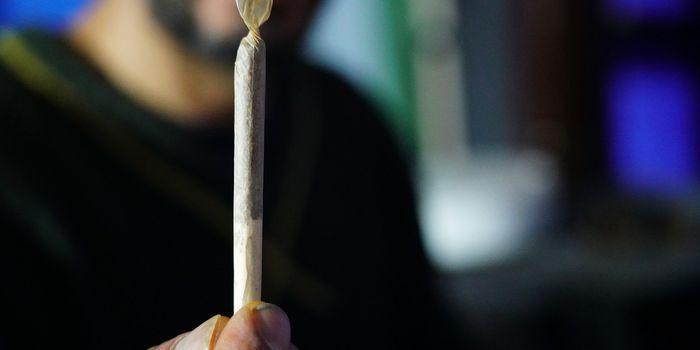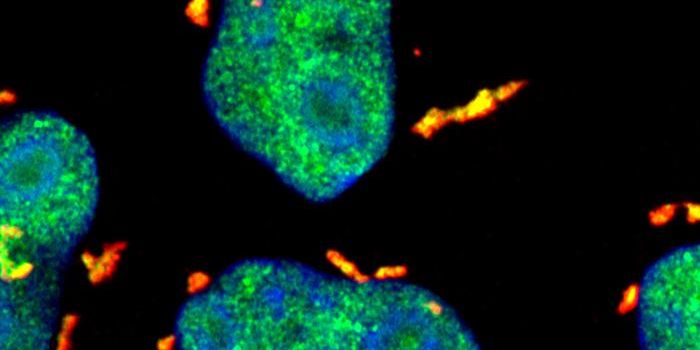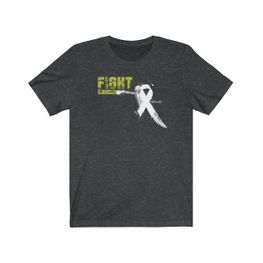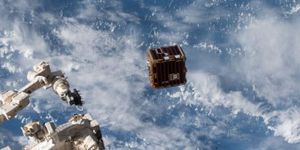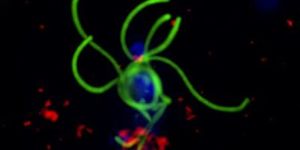After years of slaughter and the loss of around 100,000 elephants a year in the eighties, international ivory trade was finally outlawed in 1989. In recent years, however, poaching has returned in full force, with an estimated 111,000 elephants lost between 2005 and 2015. African elephants are thought to only number around 415,000. Now researchers have used genetics to learn more about ivory trafficking. DNA testing was used to connect multiple ivory shipments that were traced to only a few ports. These efforts were able to link tusk pairs that had been broken up and placed in different shipments, which can help build criminal cases. The study was reported in Science Advances.
"Our prior work on DNA testing of illegal ivory shipments showed that the major elephant poaching hotspots in Africa were relatively few in number," said the lead author of the study, Samuel Wasser, director of the UW Center for Conservation Biology and a professor of biology. "Now, we've shown that the number and location of the major networks smuggling these large shipments of ivory out of Africa are also relatively few."
The researchers identified what are apparently the biggest ivory smuggling operations; they are working in Mombasa, Kenya; Entebbe, Uganda; and Lomé, Togo. Eleven of 38 large shipments were linked - they were tusk pairs that had been separated but sent from the same port between 2011 and 2014 when trafficking was at its worst.
Ivory shipments tend to be huge - or at least the ones that are found are. From 1996 to 2011, 70 percent of seizures were half a ton or bigger. Linking shipments and the networks that carry it out will help build a criminal case against those that are responsible, said Wasser.
"We reveal connections between what would otherwise be isolated ivory seizures - linking seizures not just to specific criminal networks operating in these ports, but to poaching and transport networks that funnel the tusks hundreds of miles to these cartels," said Wasser. "It is an investigative tool to help officials track these networks and collect evidence for criminal cases."
In previous work, Wasser’s team engineered an assay to use DNA to identify populations of African elephants that were under pressure from poaching. They were able to create a genetic map of elephants in Africa using DNA extracted from elephant dung samples. They also tested the DNA in seized shipments, which linked poached tusks to regions on the map they made. This work identified two poaching hotspots, as reported Science in 2015. After this research, the scientists were able to efficiently develop representative samples of hundreds of tusks.
"We have neither the time nor the money to collect samples and extract DNA from every tusk in a shipment. We needed to find a way to sample only a fraction of the tusks in a shipment, but that method also needed to let us get a glimpse at the diversity of poached elephants within that shipment,” explained Wasser.
Tusks were sorted by their physical features, which identified tusk pairs and reduced the sampling to one of each pair. The team noticed that many of those tusks were orphans, missing their partner. After DNA samples were compared, 26 pairs were matched from 11 shipments with only about a third of each shipment being tested. Their streamlined tactics were successful.
"There is so much information in an ivory seizure - so much more than what a traditional investigation can uncover," said Wasser. "Not only can we identify the geographic origins of the poached elephants and the number of populations represented in a seizure, but we can use the same genetic tools to link different seizures to the same underlying criminal network."
Sources: AAAS/Eurekalert! via University of Washington, WWF, Science Advances
-
MAY 07, 2024Is It Anti-RNP or Anti-Sm/RNP?
-
MAY 08, 2024Expand your Multiomic Capabilities with RNAscope™
- See More
-
APR 30, 2024Immuno-Oncology Virtual Event Series 2024
-
MAY 07, 20243rd International Biosecurity Virtual Symposium
-
MAY 23, 2024For the Love of Digital PCR 2024
- See More
